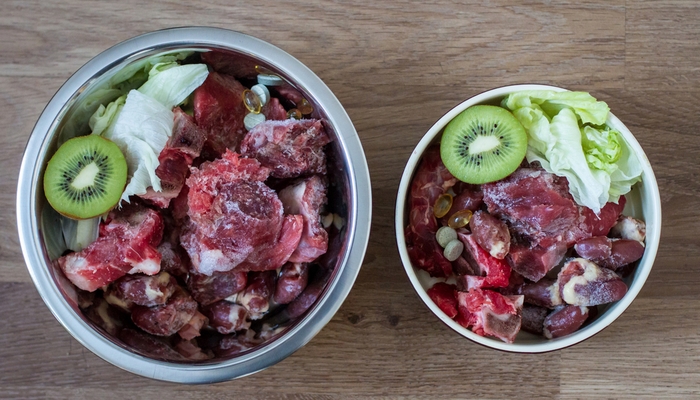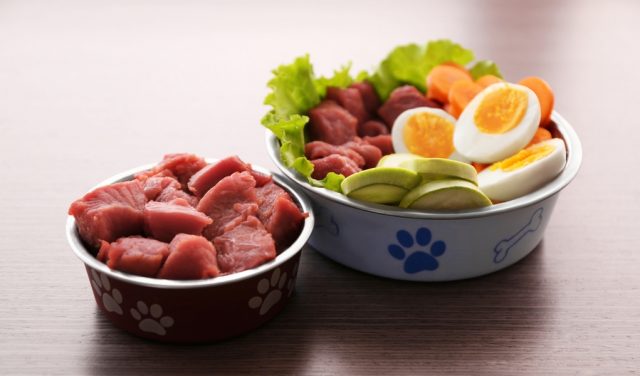
Table of Contents
Feeding dogs a raw food diet is something that has always been done.
Recently, it has gained popularity due to its increased use and development.
But raw feeding dogs has gained some controversy as well. To some people, feeding dogs raw, unprocessed food makes a lot of sense. But others see it as having many risks and no real benefits.
While there are some studies that support either school of thought, there have been many benefits observed by owners who choose to feed their dogs a raw food diet.
In 1993, Australian veterinarian Ian Billinghurst concluded that modern-day commercial pet foods were unhealthy and began promoting his idea that companion animals should be fed that which they would consume in the wild.
He called his feeding guidelines the BARF diet (which stands for both Bones and Raw Food and Biologically Appropriate Raw Food).
These guidelines stipulated that dogs consume mostly raw, meaty bones and some vegetables.
A raw dog food diet typically consists of muscle meat, bones (whole or ground), organs (like livers and kidneys), eggs, vegetables, fruits, and dairy.
To learn more about the raw dog food diet, see our extensive ultimate guide.
Many people agree with Dr. Billinghurst; it is becoming more and more accepted that commercially produced pet foods contain ingredients that are not only useless for canine nutrition but harmful as well and have been linked to certain diseases in dogs.
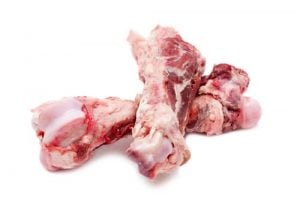 Dry dog food kibble can contain corn, wheat, soy, by-products, preservatives, and chemicals. All of these have been noted to cause health issues in dogs, such as allergies, digestive issues, poor skin and coat health, dental disease, and chronic conditions.
Dry dog food kibble can contain corn, wheat, soy, by-products, preservatives, and chemicals. All of these have been noted to cause health issues in dogs, such as allergies, digestive issues, poor skin and coat health, dental disease, and chronic conditions.
So here are eight reasons to feed your dog a raw food diet in case you need confirmation.
RELATED: 10 Best Natural Homemade Raw Dog Food Recipes
8 Reasons to Feed Your Dog Raw Food Diet
While it isn't without its criticisms, there are many advantages to feeding your dog a raw food diet.
Here are just some of the benefits observed with feeding dogs a raw diet:
1. Improved Dental Health
Raw diets and diets containing bones have both been observed to improve dental health in canines.
Dogs have teeth designed for ripping and tearing flesh from bone and chewing bone into tiny digestible bits.
Advocates of raw diets make the point that kibble requires no ripping and tearing, and it sticks to the teeth.
This could explain why 85% of adult dogs have dental disease. Gingivitis is serious enough on its own, but it can also lead to other health issues as well.
When dogs are fed foods that promote bad gums and weak teeth over a long period of time, they risk losing their teeth or developing more serious issues caused by bacteria harbored in the mouth.
Owners who feed their dogs a raw food diet also see the immediate and noticeable dental health benefit of better breath.
This is likely due to the scrubbing action that meat and bones can have on canine teeth.
2. Better Teeth and Heart Health
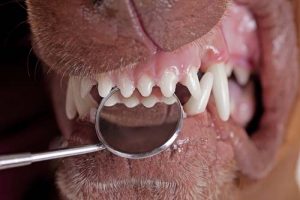 Heart health can be dependent on oral health. It sounds odd, but the University of Purdue conducted a study in 2009 that revealed that gum disease is directly correlated with heart disease.
Heart health can be dependent on oral health. It sounds odd, but the University of Purdue conducted a study in 2009 that revealed that gum disease is directly correlated with heart disease.
3. Improved Digestion
There is a benefit to digestion, which takes place due to the increased time spent chewing and working on raw food and bones.
When dogs take more time to process the food with their mouth, their bodies have time to release gastric juices.
This enables food to be better digested when it makes it to the stomach.
Kibble encourages quick eating and gulping, and this negatively impacts the dog’s ability to digest his or her food properly.
This can lead to digestive issues such as vomiting and diarrhea. Feeding your dog a raw diet can prevent these issues.
EXPERT INTERVIEW: Is Raw Food Diet for Dogs a Good Choice for My Pet?
 4. Improved Stools
4. Improved Stools
Dogs who switch to raw diets tend to eliminate a lot less waste a lot less frequently.
Their stools also improve in consistency and odor.
Dogs on commercially produced diets can tend to have diarrhea or constipation more often (which is again attributed to the unnecessary carbohydrates found in kibble).
5. Heightened Mental Quality
Giving your dog a real piece of meat benefits his psychology by giving him a task that he is biologically programmed to complete, which is the tearing apart of meat and bone.
Your canine companion can truly enjoy the meal you provide.
He can spend time and energy working to consume it properly. Dogs also seem to enjoy the taste of raw meats much more than they enjoy kibble.
6. Improved Skin and Coat
One of the most instantaneous and noticeable changes owners observe in their dogs upon switching to raw feeding is the marked improvement of their animal's skin and coat.
Skin becomes less dry, and the coat becomes shinier.
This is likely due to the presence of various fatty acids contained in natural, raw meats.
Food allergies are also a common affliction in dogs.
Many people notice that their animals stop itching, stop developing hot spots, and experience fewer ear infections when they switch their diets.
A raw diet can relieve you of the need to keep your pet on steroidal drugs or topical ointments to treat these sorts of issues.
RECIPE: Easy Raw Dog Food Recipe with Ground Beef and Chicken Liver
7. Healthier Weight
Because you are replacing grains and corn with meat and organs, this has a direct impact on your dog’s weight and muscle mass. Kibble contains a lot of carbohydrates.
Grain-based foods break down into sugars, which causes your dog to have frequent energy crashes and to put on extra weight.
When you switch to raw, your dog’s energy stays much higher because the meat is digested properly, and the body uses almost every single bit of it for fuel.
In our carnivorous dogs, the body simply cannot do this with grains or corn.
8. Decreased Veterinary Expenses
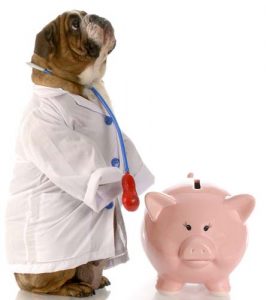 A raw diet, done properly over time, has been surmised to result in a decreased likelihood of degenerative diseases and chronic conditions such as dental disease, gastroenterological disorders, weight issues, and skin conditions.
A raw diet, done properly over time, has been surmised to result in a decreased likelihood of degenerative diseases and chronic conditions such as dental disease, gastroenterological disorders, weight issues, and skin conditions.
The absence of these conditions results in fewer veterinarian visits, fewer treatments, and fewer prescriptions.
Dogs on raw feeding diets are observed to be more active, and therefore, the typical signs of aging are more delayed.
Since Dr. Billinghurst revealed his ideas in the '90s, the popularity of the raw food diet has increased.
Now, there are a variety of ways to make or buy raw foods and diets for dogs. You can either make your own recipes at home or buy pre-made raw food in the freezer section of your local pet food store.
Additionally, there are freeze-dried options, which are almost the same as raw but don’t require freezing and thawing.
They also won’t go bad as quickly as homemade dog food.
Additional Resources
Here are a few links to help get you on your way to feeding your dog a raw diet:
READ NEXT: Top 10 Dog Foods – Best Dog Food Brand Analysis & Review


